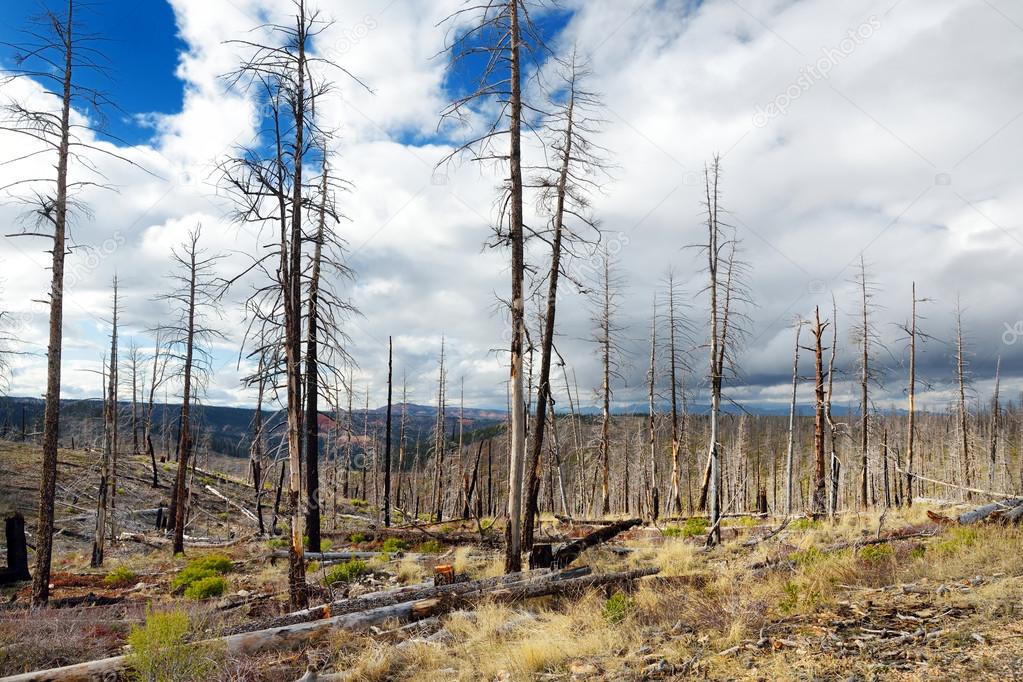Predicting if droughts and heat waves will kill forests is difficult, but new work involving an engineering researcher at The University of Alabama could help spot problems early to mitigate risks and possibly help restore forests.
Using data gathered from publicly available satellite and aerial imagery, researchers found they can detect whether forests are approaching the tipping point of their abilities to bounce back from climate-induced stress. The findings published today in the journal Nature Climate Change.
“The main contribution of this work is the derivation of a new early warning signal for predicting climate stress induced forest mortality,” said Dr. Mukesh Kumar, co-author on the paper and UA associate professor of civil, construction and environmental engineering. “The early warning signal identifies trees that are about to die under prevailing climatological conditions.”
The work was led by Kumar’s former doctorate student at Duke University, Dr. Yanlan Liu. Kumar joined UA in fall 2018 to teach and research hydrology and water resources. Other co-authors on the paper include Dr. Gabriel Katul at Duke University and Dr. Amilcare Porporato at Princeton University.
Droughts and heat-waves, oftentimes stemming from climate changes, are killing off forests worldwide. It has proven difficult to predict whether forests are dying, as wrangling the complexity of a natural system into a computer model is challenging.
[ad_336]
The researchers determined a slower than normal recovery of plant life during its growing season is a precursor to impending mortality. Using imagery from forests in California, the team tested this theory, finding the data, when fed into a model, could provide an early warning signal before forests began losing its greenness, about half a year to 19 months before they passed the point of no return.
The early warning signal, or EWS, could monitor forests in real time during a drought, Kumar said.
“The lead time of EWS will allow forest managers to assess resource risks and possibly prescribe approaches to mitigate insect and fire risks and restore stand health through prescribed burning, variable density thinning and altering age structure and species composition,” he said.
Researchers will next test the EWS in forests worldwide where climate-induced mortality has been observed, and more work is needed to improve the understanding of the underlying mechanisms of the plants that allow for detection of the EWS.
